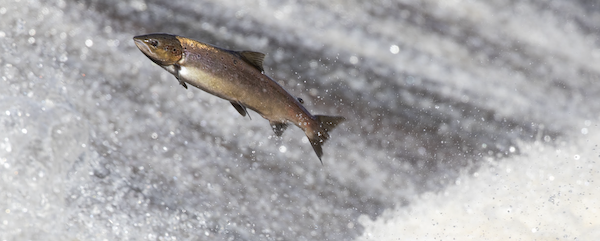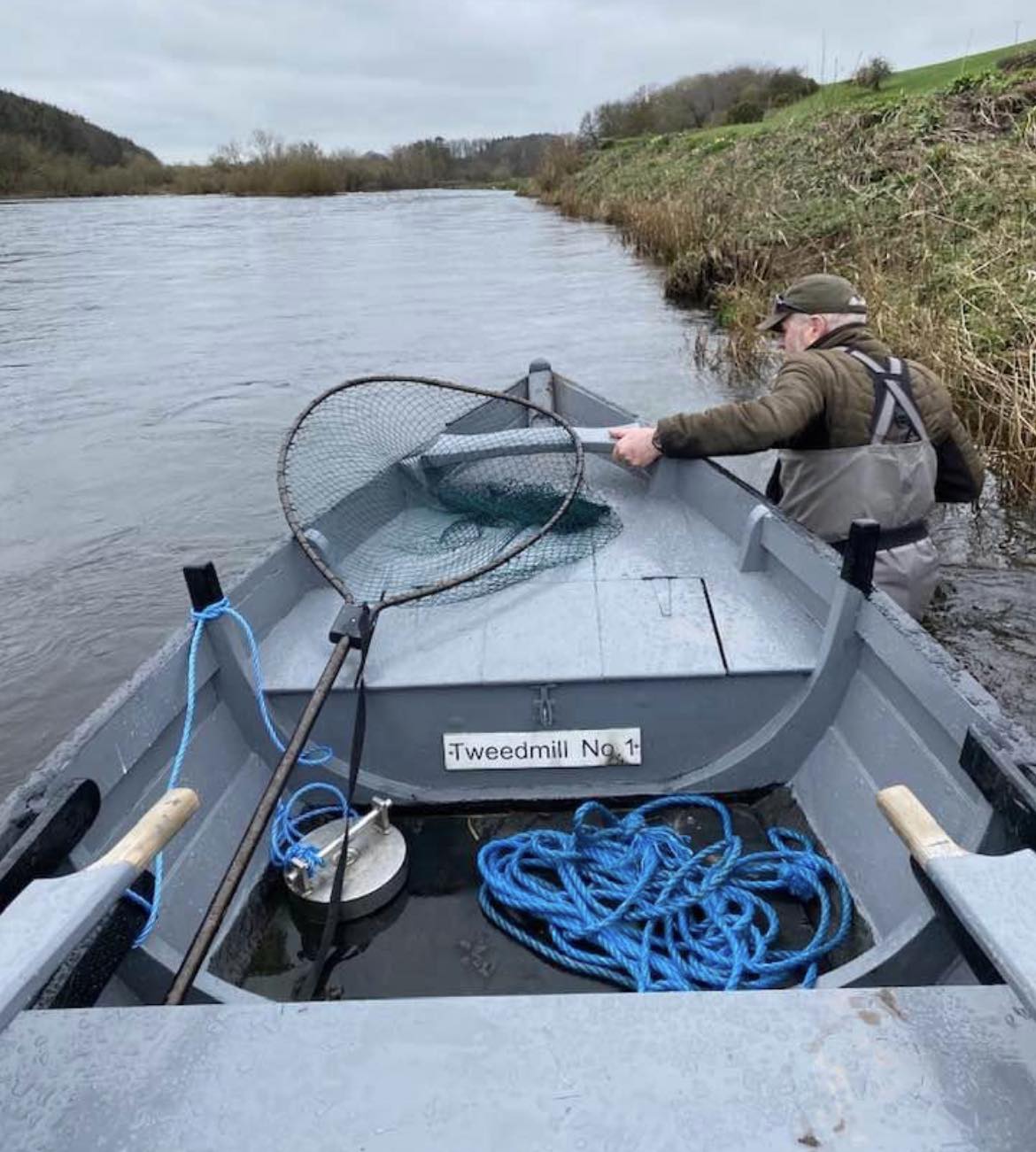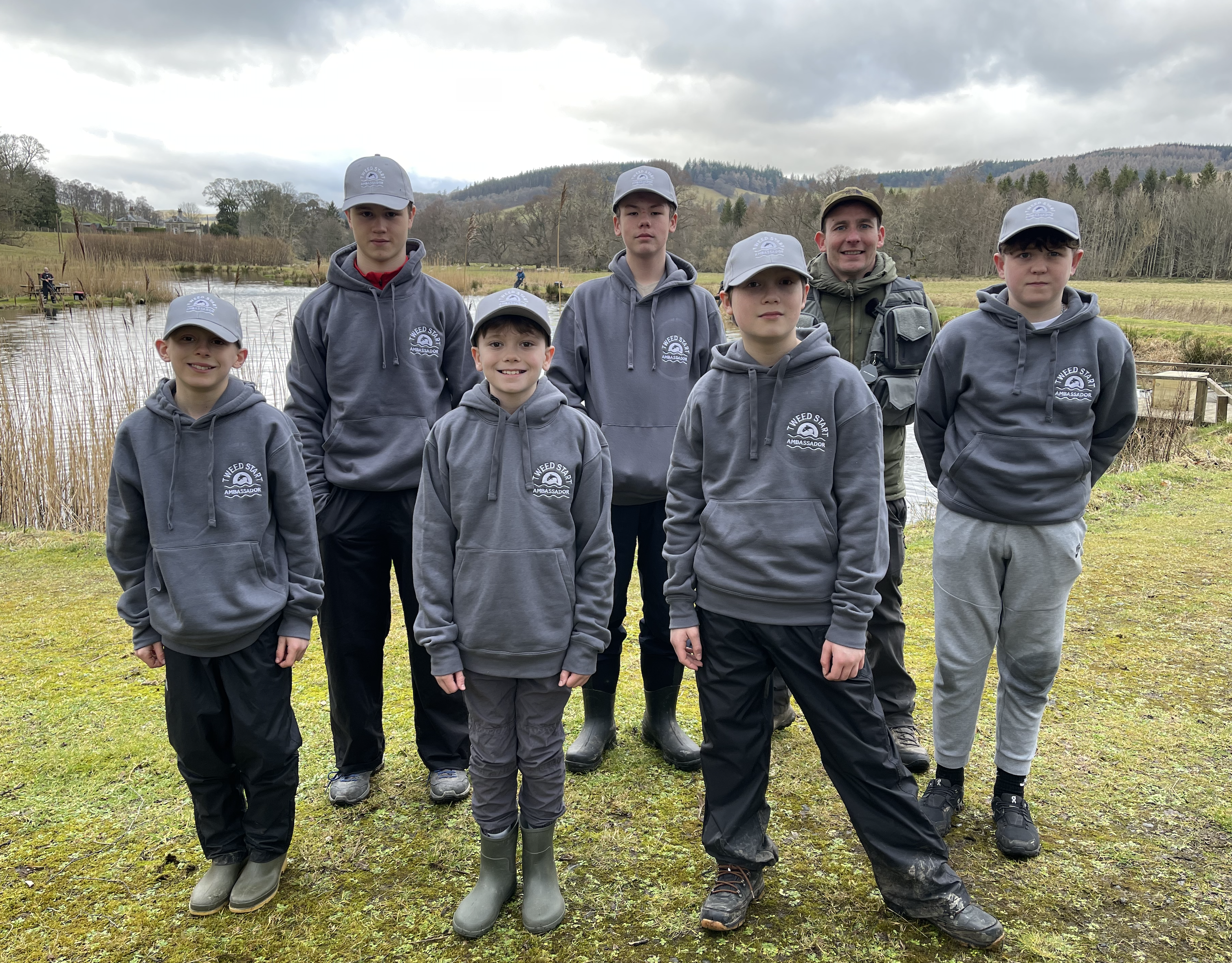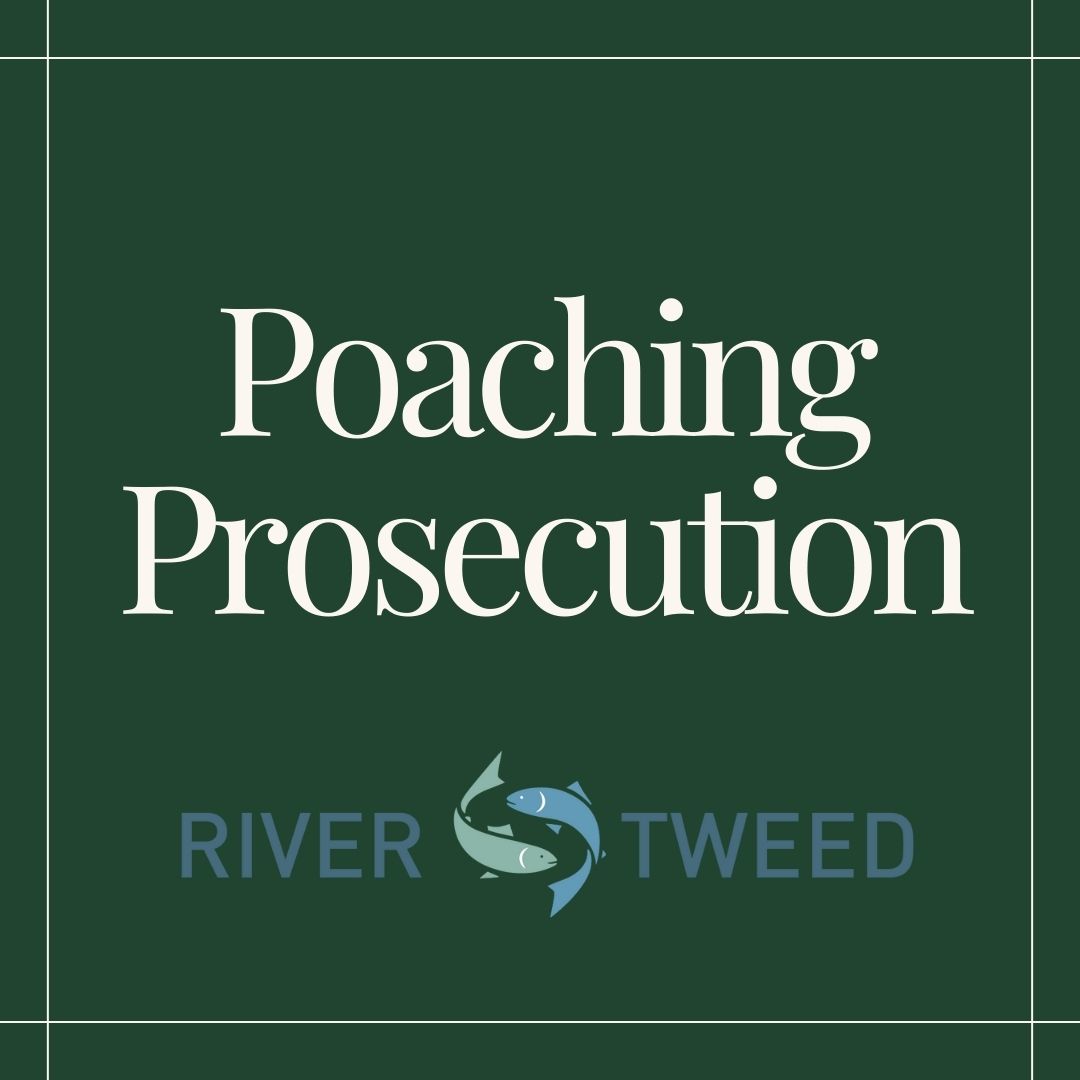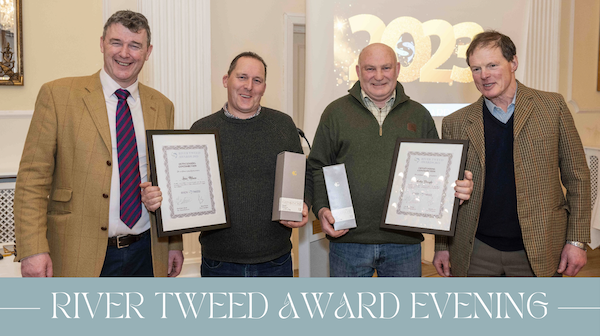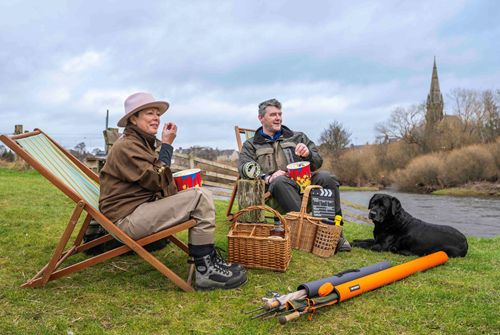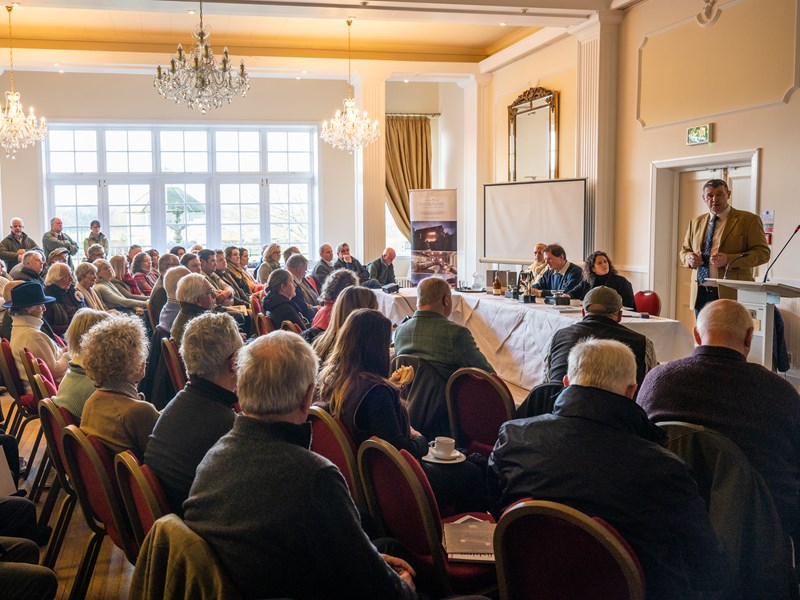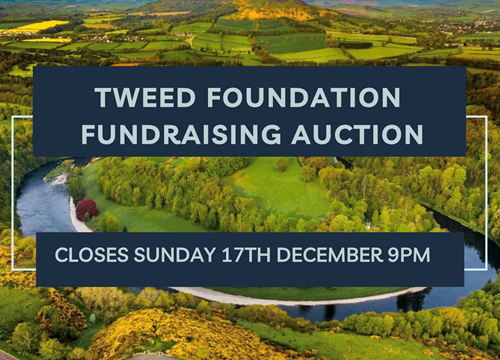River Tweed News
The River Tweed Foundation, committed to scientific research and conservation efforts, tirelessly works to safeguard the health and biodiversity of the river. Simultaneously, the River Tweed Commission plays a crucial role in managing and regulating fisheries, ensuring sustainable practices that maintain the delicate balance of this aquatic ecosystem.
Stay tuned for updates, insights, and stories that highlight the ongoing initiatives, challenges, and triumphs of these organizations in their mission to protect and celebrate the extraordinary beauty of the River Tweed. Join us on a journey to explore the vital work being done to preserve this natural treasure for generations to come.


